In 2015, KEO Films gave cameraphones to migrants and refugees, following their journeys over thousands of miles and across a total of 26 countries. By filming their journeys, the refugees show us places nowhere else could go. What emerges is a portrait of Biblical proportions, of the biggest movement of people since the Second World War.
Last year, Europe was subject to the largest movement of people since the Second World War. More than 920,000 migrants are estimated to have travelled to Europe by sea alone in 2015, according to the International Organisation for Migration. More than 800,000 came from the civil wars of the Middle East, through Turkey, and into the rich heart of Europe. Others fled the wars and famine that define parts of sub-Saharan Africa, taking boats from Libya and Egypt, across the Mediterranean to Greece, Sicily and Italy.
The terrible human cost of such treacherous journeys started to become apparent. On our news channels, we became inured to footage, week by week, of inflatable dinghies perilously packed with people and controlled by smugglers and mafia. We saw the huge lines of people massing at train stations, or hastily prepared camps along the borders of countries that were less than welcoming. We see the residents of ‘The Jungle’ camp, living in tents at the mouth at of the Eurostar tunnel in Calais, France.
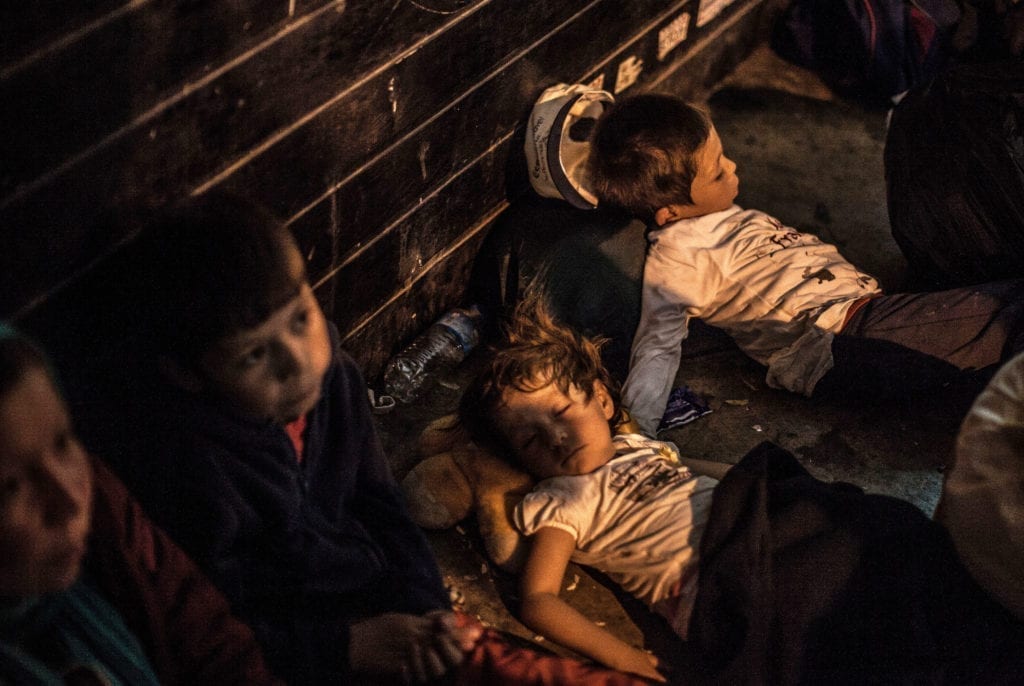
Occasionally, a single photograph has the ability to cut through, to both crystallise and transcend a moment, to say something larger about our shared existence; think of Nick Ut’s image of Vietnamese child Phan Thị Kim Phúc, naked and screaming after a napalm attack, or Jeff Widener’s Tank Man during the Tiananmen Square uprising.
On 2 September 2015, the world became aware of Alan Kurdi, a three-year-old Kurdish-Syrian boy. In T-shirt, shorts and a pair of trainers that could sit in your hand, he lay face down in the sand, his body lapped by the waves. In the following weeks, the media pieced Alan’s story together. In the early hours of 2 September, Kurdi and his family boarded an inflatable boat on Turgutreis Beach near Bodrum, Southern Turkey. He was one of 16 people to climb aboard a boat designed for eight. They were trying to reach the Greek island of Kos, about two and a half miles across the Mediterranean ocean.
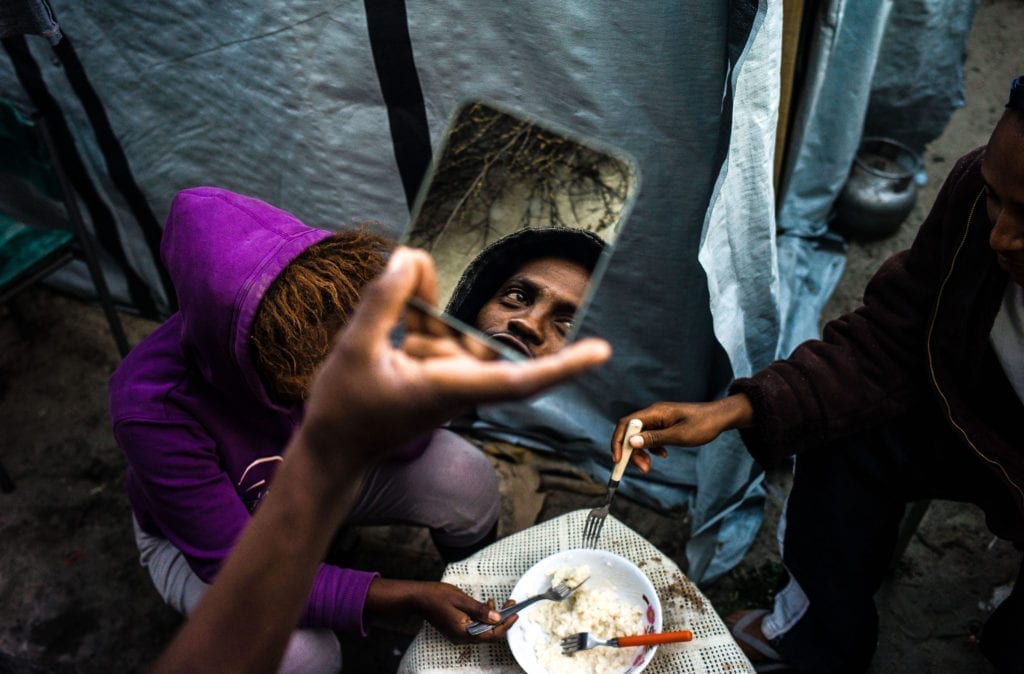
In the hours after the image of Alan was posted online, retweets by a handful of photojournalists surged to an average of 53,000 tweets per hour. Alan’s lifeless body appeared on 20-million screens around the world in 12 hours, according to research from Sheffield University. After the surge on social media, the image of the dead toddler appeared on the front pages of all the world’s major newspapers.
Tarek, a Syrian from Aleppo and one of thousands of refugees stranded at the Turkish port of Izmir, saw the image of Alan on the day he and his family planned to take a similar dinghy across the same stretch of ocean. “When we saw on the internet the story of the child, it stirred the emotion of every human who has a conscience,” Tarek says of the photograph. He was the kid stopping me going by sea.”
Alan and his family had taken almost exactly the same journey from Syria. They had the same aspiration – to seek safe harbour, as a refugee, in Europe. And now, to cross into Europe, they had to decide whether to rely on the men Alan’s father had relied on – the human traffickers taking thousands of Euros –“€2,000 per person, kids half price, every kid under two-and-a-half goes free” – in exchange for barely seaworthy boats packed with as many people as can possibly fit. “There were big problems between me and my wife. I was against travelling by sea,” he says. “So many people die. My wife wants to go. I don’t want to go.”
Twelve months ago, Tarek and his family were provided with HD cameraphones by KEO Films, a British production company based in Old Street, London, Bristol and Glasgow. The resulting three-part documentary, Exodus: Journey Into Europe, premiered at this year’s Sheffield Documentary Film Festival in Sheffield (is that not obvious) before airing on BBC2.
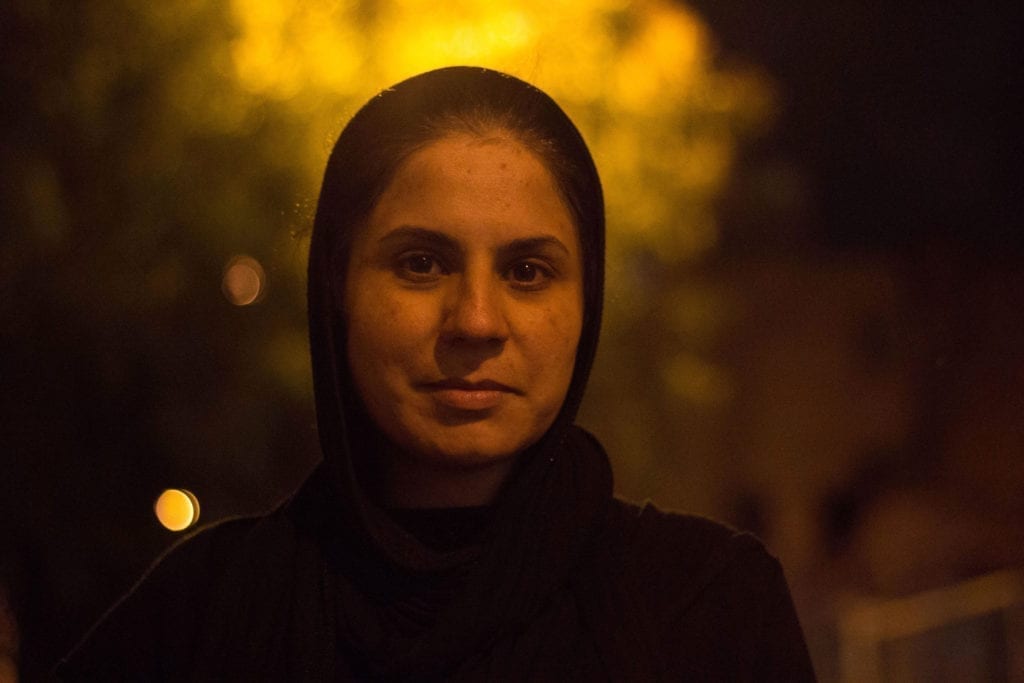
Until now, we’ve never before been shown what it’s like to take such a journey. No Western filmmaker has been able to gain access to the small rubber boats that transport families across the Mediterranean every night. Even if a Western camera crew were willing to take the risk, the secretive smugglers would violently confiscate the cameras. Here, we’re invited to watch the intensity of the decision, the inter-family arguments over the right thing to do, the morbid admin involved in establishing contact with the smuggler, negotiating the fee and, finally, the voyage itself.
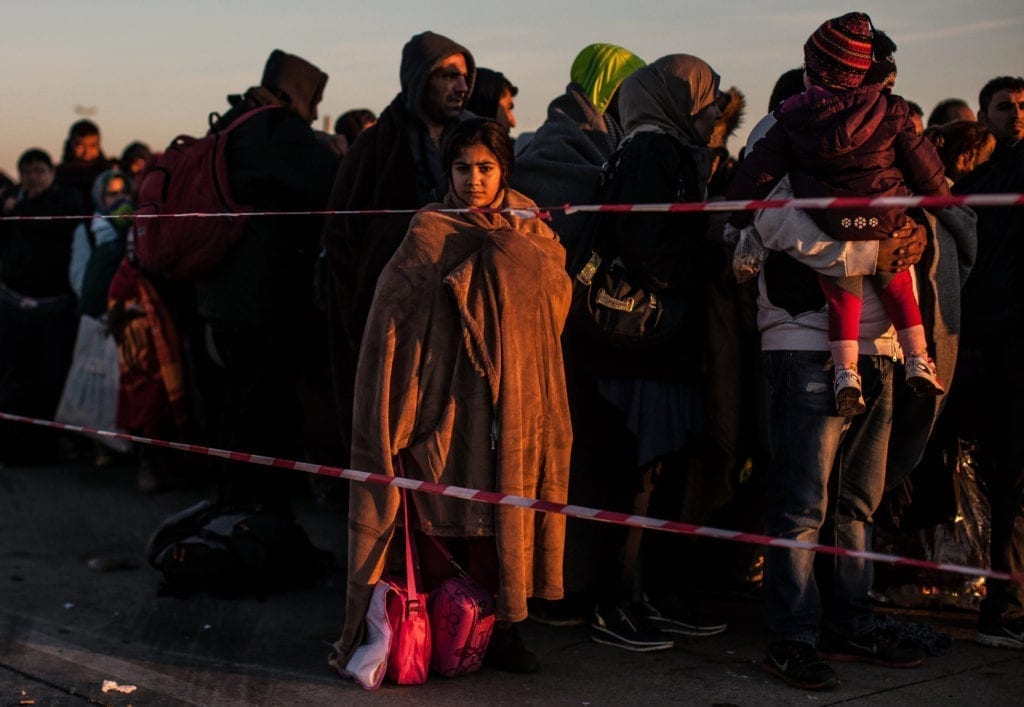
Tarek and his extended family of 16 people escaped Aleppo after their home was shelled by the Assad regime. He used to run a falafel restaurant in his hometown. Now he sells cigarettes in Basmane Square, and his family live together in two empty rooms.
In the square, in plain view, is a burgeoning black market. Life jackets are on sale – although many are clearly duds.
We meet Tarek’s daughter Isra’a, a smiling girl full of childhood levity for the decisions her parents and elders must grapple with. She shows us, excitedly performing for the camera, the waterproof mobile phone sheafs sold by the black marketeers, in case the boat sinks. Minutes later a man approaches Isra’a and asks, as if he were selling weed on a summer’s day in London, whether she wants to go to Greece and then on to Germany.
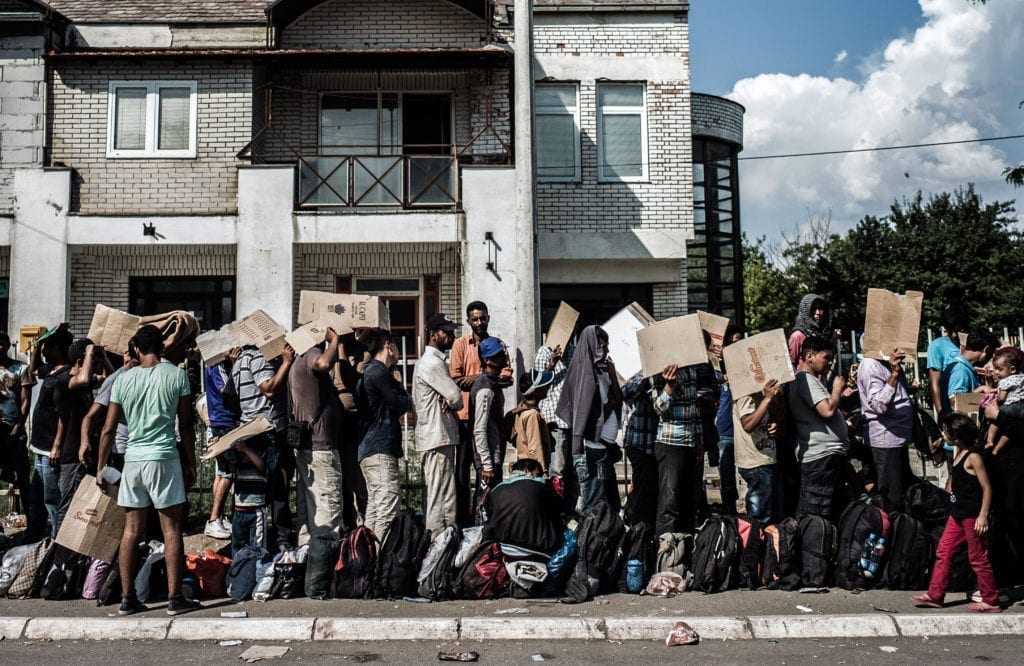
In the same square, but unknown to each other, was another Syrian. Akkad, a young English teacher from Damascus, fled his country after he was jailed for his part in protests during the Arab Spring. His journey from Turkey to the UK took 87 days, filming each step of the way. “For the smugglers, the camera is like a Kalashnikov,” he says. If he were caught, his life would certainly be in mortal risk, for the smugglers rely on anonymity.
The documentary’s director James Bluemel and producer Itab Azzam say the film was the biggest challenge of their long careers. Starting in Izmir, they successfully made contact with scores of refugees willing to share their story. But once contact had been established, they struggled to remain in contact and keep track of those who had agreed to film for them.
Part of the issue was technological: The phones would lose a network signal as they crossed from one border to the next. Other times, the production team were simply overwhelmed by the sheer scale of movement, as refugees moved ceaselessly across thousands of miles, across a total of 26 different countries, each with its own incumbent challenges.
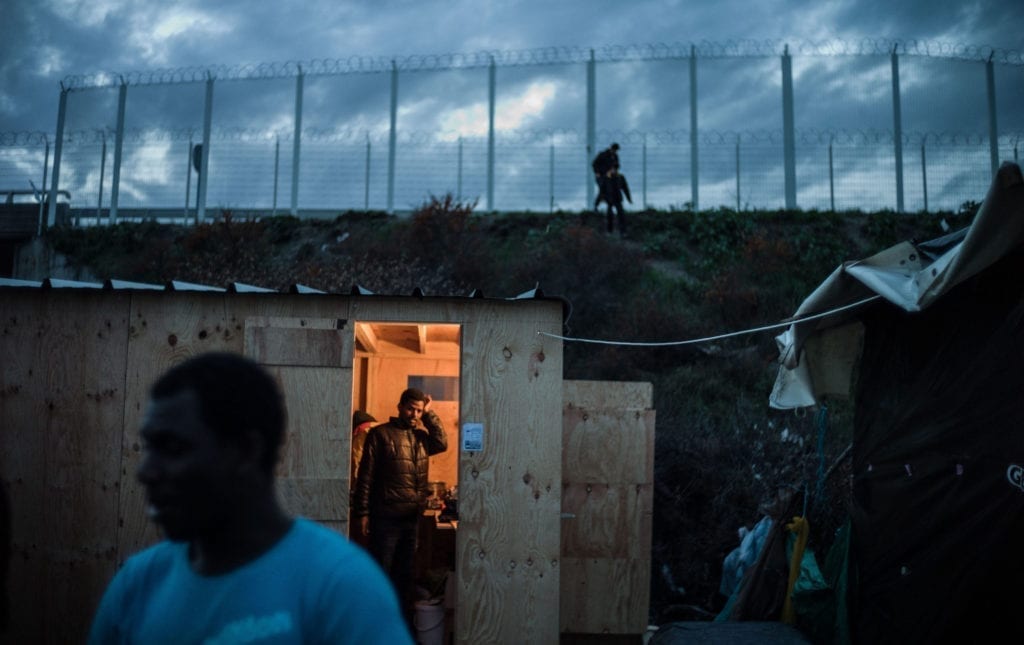
“Phone calls and messages are just a part of it – mobile apps, websites, social media, navigation tools and translation services, camera and audio recording all combine to make up a digital infrastructure that has become integral to any journey into Europe. “It is through phones that refugees learn about routes and the cost of transport. It’s how they find out which borders are open and which are closed. Even before they make it that far, their phone might have saved their life by informing them about the weather conditions on a sea crossing. The general view is they have three basic needs: a smartphone, food and water – in that order.”
The series also throws into sharp relief the supposed distinction the West makes between ‘economic migrants’ and ‘refugees’. In an emotional address to the camera, Akkad recounts how he sold his flat, his car and all of his possessions to fund this trip into Europe. He had left Damascus, the city of his birth, once famed for its cosmopolitanism, with the intent of never returning. He was carrying everything he owned, even while he had access to thousands of euros.
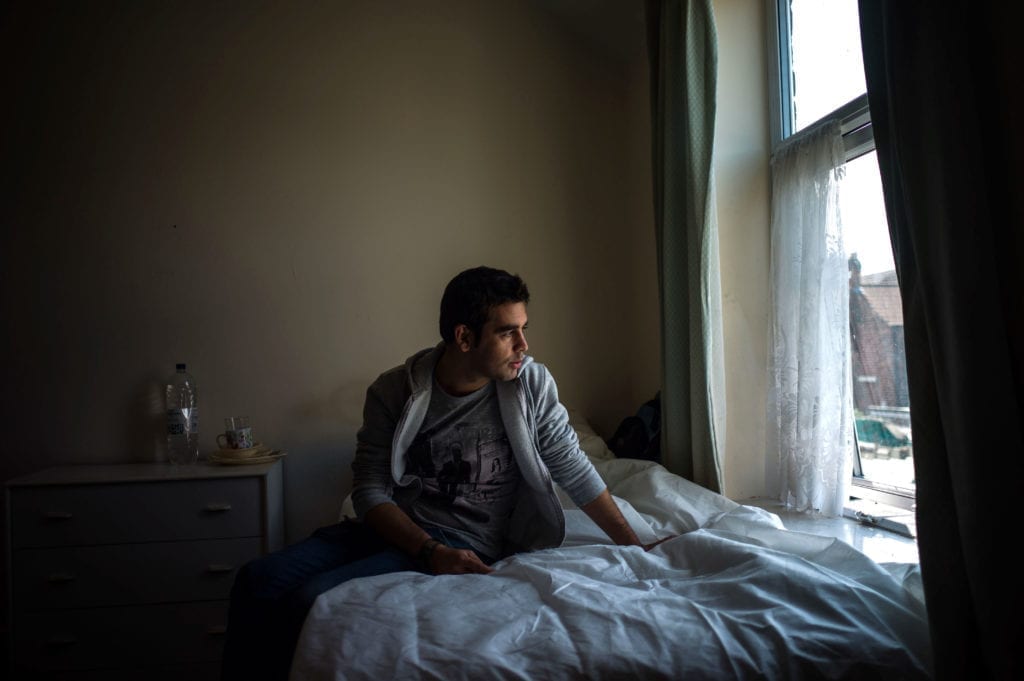 Programme Name: Exodus: Our Journey to Europe – TX: n/a – Episode: n/a (No. 3) – Picture Shows: awaiting the outcome of his asylum application in Wakefield. Ahmad – (C) Gus Palmer / KEO Films – Photographer: Gus Palmer
Programme Name: Exodus: Our Journey to Europe – TX: n/a – Episode: n/a (No. 3) – Picture Shows: awaiting the outcome of his asylum application in Wakefield. Ahmad – (C) Gus Palmer / KEO Films – Photographer: Gus Palmer
Professor Umut Erel, who also acted as a consultant, says of the distinction: “The terms ‘migrant crisis’ and ‘refugee crisis’ are sometimes used interchangeably. Neither are necessarily incorrect, but the term ‘migrant’ encapsulates all forms of mobile people: emigrants, immigrants, asylum seekers, refugees and economic migrants. The term ‘refugee crisis’ refers to people who are fleeing from conflict or persecution, and also respects that some people flee areas of severe deprivation, poverty and even ecological devastation.
“While it is a human right to seek refuge from persecution, people fleeing their countries face the difficulty that once a conflict breaks out, many countries close their borders or impose visa restrictions. It becomes illegal for them to enter a safer country. So when we talk about the current refugee crisis, it is worth keeping in mind that this crisis is itself caused as much by border crossing restrictions as it is by the conflicts in the regions from which people flee.”
The movement of refugees continues unabated. In Britain and Europe, the debate continues, as heated as ever. It is maybe through the unvarnished strength of photography and moving image, taken by people who are living in the eye of such a storm, that we can understand how best to cope with this crisis. For otherwise, the deaths of Alan Kurdi and so many others will remain as the smugglers desire – in secret.
Exodus: Our Journey To Europe is on BBC iPlayer now. Find out more about KEO Films here.
